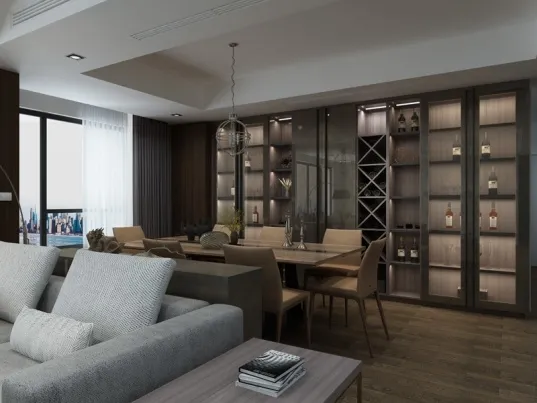
Thermoelectric vs. Compressor Wine Cabinets: Which Saves More Power?

Choosing the perfect wine cellar goes beyond looks - energy efficiency could save you hundreds!
Picture this: You're relaxing with a glass of perfectly chilled Sauvignon Blanc after a long day, only to discover your wine cabinet just added $35 to this month's electricity bill. Ouch! When it comes to storing vino treasures, the battle between thermoelectric and compressor systems isn't just about temperature control - it's about keeping your power meter from spinning like a DJ turntable. But here's the million-dollar question: Which tech actually saves you cash without compromising your Cabernet?
The Silent Operator: Thermoelectric Tech
At its heart, thermoelectric cooling uses magic sandwiched between ceramic plates. When electricity flows through these special "Peltier chips", one side gets ice-cold while the other heats up like a sunbathing lizard. This temperature tango creates vibration-free cooling that's quieter than a church mouse - perfect for sensitive vintage storage.
But where it shines brightest is power efficiency. These units sip electricity like a wine connoisseur savors a rare Bordeaux. No heavy-duty compressors mean no power-hungry startup surges. Just steady, gentle cooling that treats your Malbec like royalty while barely nudging your energy bill.
The Workhorse: Compressor Systems
These are essentially mini refrigerators wearing wine cabinets. A compressor pumps refrigerant through coils like a circulatory system, creating that deep chill we love. They're the marathon runners of cooling - powerful enough to handle extreme heat waves and larger collections with competitive prowess.
But like that friend who always orders the steak dinner, compressors have hearty energy appetites. Those noisy startup clicks you hear? That's the sound of energy guzzling. In environments demanding constant cooling, they can consume electricity like a thirsty college student chugs cheap beer. Yet don't dismiss them - modern inverter tech has seriously upped their efficiency game.
| Performance Factor | Thermoelectric | Compressor |
|---|---|---|
| Yearly Energy Cost (avg.) | $30-$50 | $60-$150 |
| Heat Tolerance | Struggles above 77°F | Works up to 100°F |
| Vibration | Virtually none (great for sediment) | Noticeable vibration |
| Cooling Capacity | Limited to ≈18° below ambient | Can freeze if needed |
| Longevity | 10-15 years | 15-20 years |
Here's the real talk: Thermoelectric units cost less upfront but work best in climate-controlled rooms. That $300 bargain unit? It'll cost you double in power bills if your garage hits summer highs. Compressor units might demand bigger investments but pay dividends in tricky environments. And for serious collectors with valuable cellar masterpieces? Forget sticker shock - stable temperatures matter more than saving pennies per hour.
The Environmental Sip
Beyond your wallet lies Mother Earth's concerns. Thermoelectric wins green points for zero greenhouse gases - just electrons moving through solids. Compressors typically use R600a refrigerants which, while better than old ozone-killers, still contribute to climate change. For eco-conscious wine lovers chasing carbon-neutral status and sustainable wine preservation, this is crucial.
The Noise Factor
Where you place your cabinet changes everything! That dream spot next to the living room sofa? Thermoelectric wins hands-down - quieter than snow falling. But compressors will rumble like distant thunder during cycles. Place these in kitchens or garages and you'll never notice, but put them in peaceful spaces? You might as well install an ice machine.
Tags:
Recommend Products











